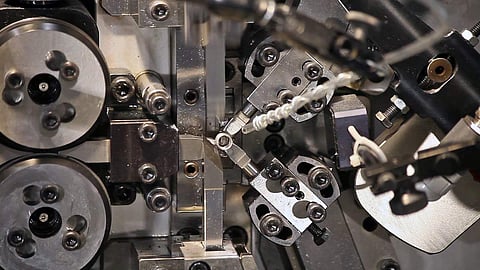

There are plenty of simple machines that we use in our daily lives. As those numerous Physics lessons taught us, these contraptions lessen our effort and multiply the effect. There is a global call for an environment-friendly living and many of us do try to inculcate eco-friendly practices. Our daily routines are made easier by machines; we might as well try to make it easier for the planet by using hand-carved machines! It is true that the sum of modern manufacturing cannot be ignored wholly while we focus on handmade products. But the aesthetic, as well as nature-friendly values, make them ideal household additions.
The obvious advantages are sustainability and biodegradability. Most of these machines are made of hand-carved wood, processed wood or natural fibre such as coir. Since there is a scarcity of such products, it creates employment opportunities and becomes a source of revenue as well. Cottage industry outlets that engage in manufacturing these machines actively contribute towards the economy because consumers believe they are more authentic and rare qualities that distinguish them from mass-produced machines in the market. There are many who also believe in the uniqueness of the product when it is handmade as it is next to impossible to replicate the exact sameness for each copy. There has been a rise in the rate of growth of eco-conscious businesses. While it may sound like an ideal situation, the truth is that it sometimes leads to an excessive demand of the same, such that spurious goods and services arise as well.
The artistic value of such machines only appreciates over time. There are collectors and enthusiastic environmentalists who sometimes use solely hand-carved machines. A common complaint is that the durability factor is doubtful because they are more vulnerable to wear and tear as they aren’t made of synthetic materials. This is when they are utilised for the purpose of aesthetics and decoration. As showpieces and interior décor, handcrafted machines become acquisitions and even turn into investments over the years. Some of these are purely for show and may be exhibited in museums — there is in fact a contemporary trend of exhibiting at least one such handmade exhibit at most biennales or other art expos where the machine is made of smaller moving and fitted parts, but does not really serve a purpose as a whole — which is, of course, interpreted as the futility of human effort in general.
There isn’t an exact measure of how much positive impact results from handmade machines as they may also be cumbersome and difficult to dispose of. Recycling and reusing parts is one option. An even better idea would be to curate them as fragments of an upcoming civilisation. What is a fast fading trend in the past can often resurface at some point in the future. If handcrafted equipment can be a cultural symbol of our times, it is a promising start. As a creative generation that is on the lookout for sustainable technology, we have only discovered the tip of the iceberg in this aspect and can continue to hope for more.
